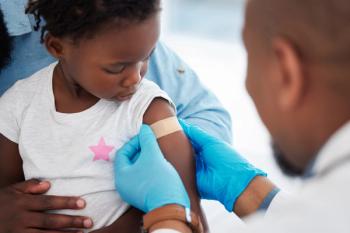
Food allergy: Putting children at risk
Infants and toddlers with food allergies suffer a high rate of allergic reactions because of lack of vigilance on the part of caregivers, researchers report. What kinds of exposures caused the most problems? More >>
Infants and toddlers with food allergies suffer a high rate of
A prospective, observational
Half (50.6%) of all reactions involved food given to the child by caretakers other than parents, including relatives and teachers.
Most of the 834 reactions to milk, egg, or peanuts resulted from accidental exposures arising from forgetfulness, reduced supervision, or failure to check product ingredients thoroughly (64.9%); errors in reading product labels (15.8%); cross-contamination (15.1%); food preparation errors (4.1%); and manufacturer labeling errors (0.1%). Despite common concerns about reactions from skin contact or inhalation, the study found that ingestion caused almost all severe reactions.
About 11% of reactions to milk, egg, or peanuts resulted from purposeful exposures, perhaps attempts by parents testing to see whether the allergy had resolved.
Of the 134 severe reactions (11.4% of all reactions), only 29.9% were treated with
The researchers emphasize the need to educate parents and caregivers about remaining vigilant, reading labels accurately, preventing cross-contamination, avoiding risky purposeful exposures, and treating reactions appropriately, including providing reassurance that epinephrine is safe to use.
Newsletter
Access practical, evidence-based guidance to support better care for our youngest patients. Join our email list for the latest clinical updates.










